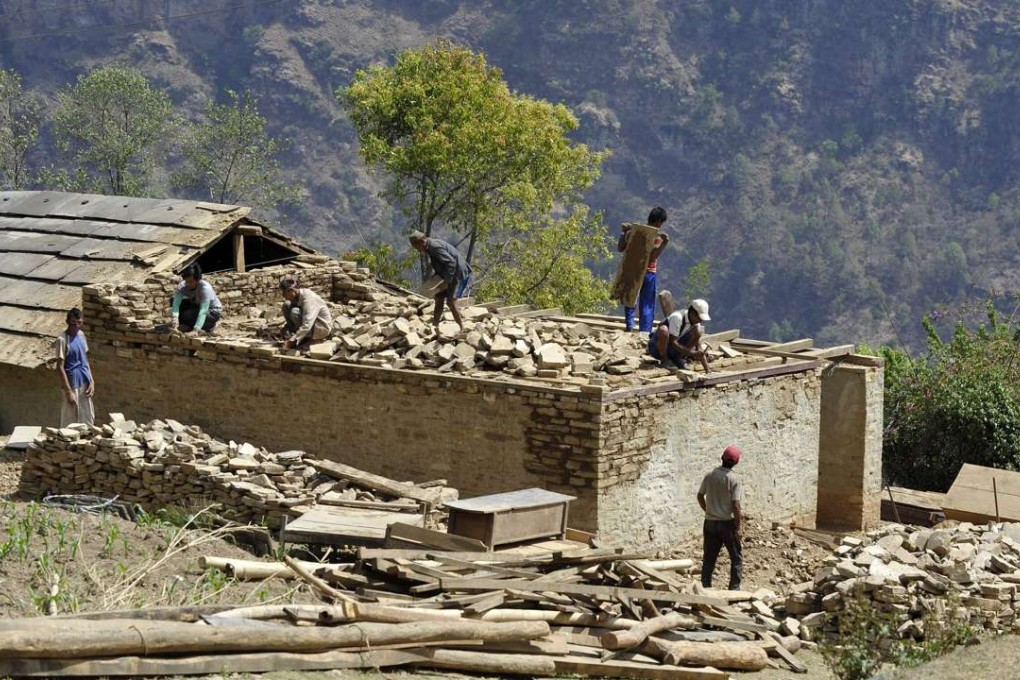A year after the earthquake, Nepal’s most needy are still rebuilding lives
Betty Tai says with Nepal recovering very slowly from the devastating earthquake and a subsequent fuel crisis, its poor are too easily forgotten

If you see Bina’s iron hut, it is hard to imagine the two-storey brick house where she and her family of six used to live in Nepal. The windowless space of the hut is now home. Even the goats’ pen looks big by comparison.
One year on from the devastating earthquake and Bina is still worried, but also thankful for the three months of temporary shelter and the ongoing medical care and sanitation supplies that have kept her children healthy. “Now life is back to normal,” she says. And though her “normality” is probably a far cry from what it should be, at least she and her family have a roof over their heads. “And now we wait for the government’s subsidy for reconstruction.”
A year after deadly earthquake, impatient Nepalis take rebuilding into their own hands
It will be a long wait.
As we continue to care for those suffering from the repercussions of the quake, let us not forget the bigger problem that looms over the country. While the earthquake last April struck most severely in 14 districts, a subsequent fuel crisis has hit the entire country. The earthquake was bad enough, taking more than 550,000 people below the poverty line. Yet, the fuel blockade was worse; over 800,000 people have fallen into poverty because of the embargo.

China scores as Nepal plays hardball with India over border ‘blockade’
The months-long blockade, triggered by protests over the country’s new constitution, was lifted in February. But gas on the black market is still selling at four times the normal price. The Nepalese are struggling with limited fuel supplies – even city dwellers have to pick wood to cook food. Needless to say, aid transport to the rural sites hit by the quake has also been hampered.
